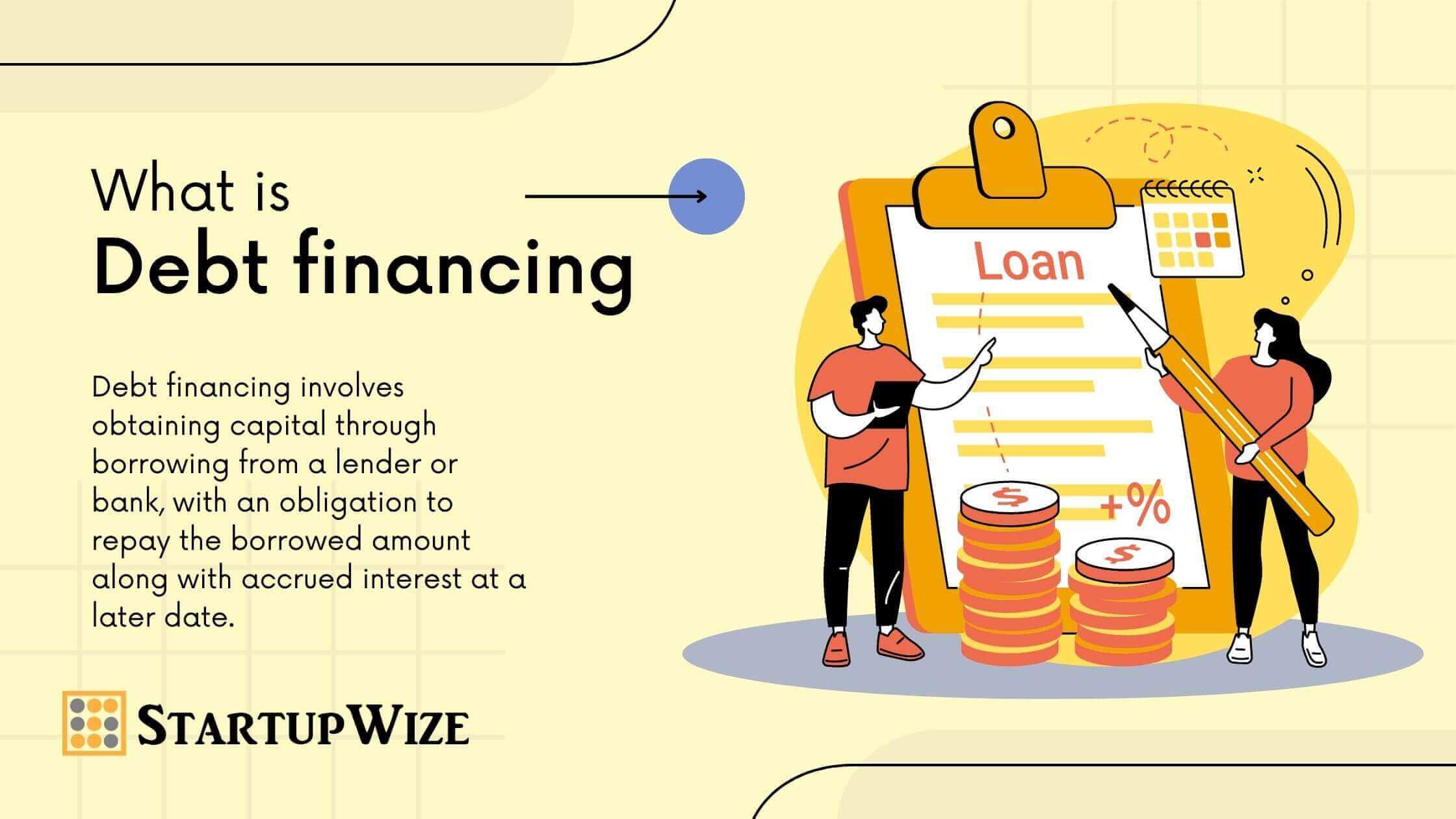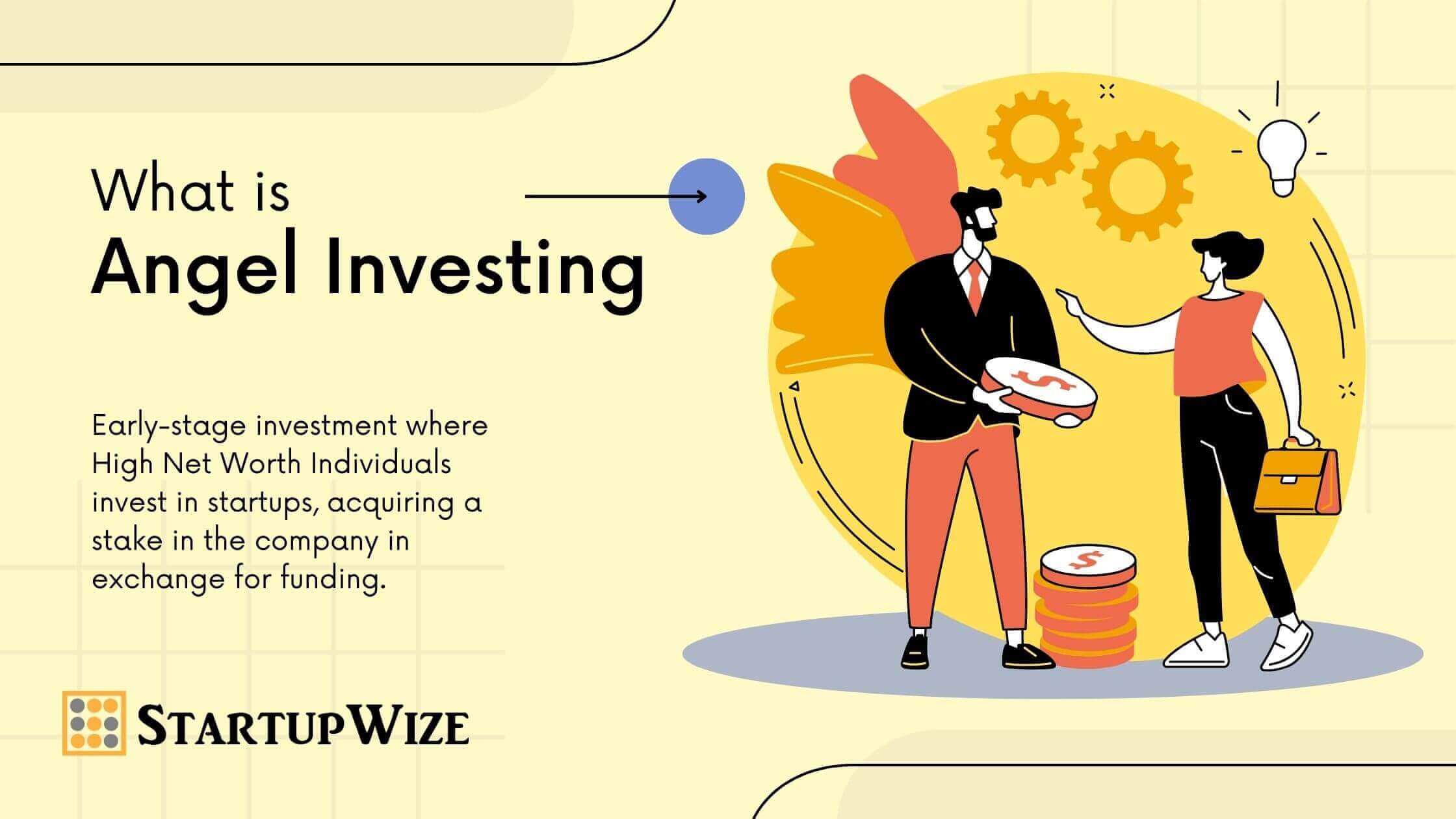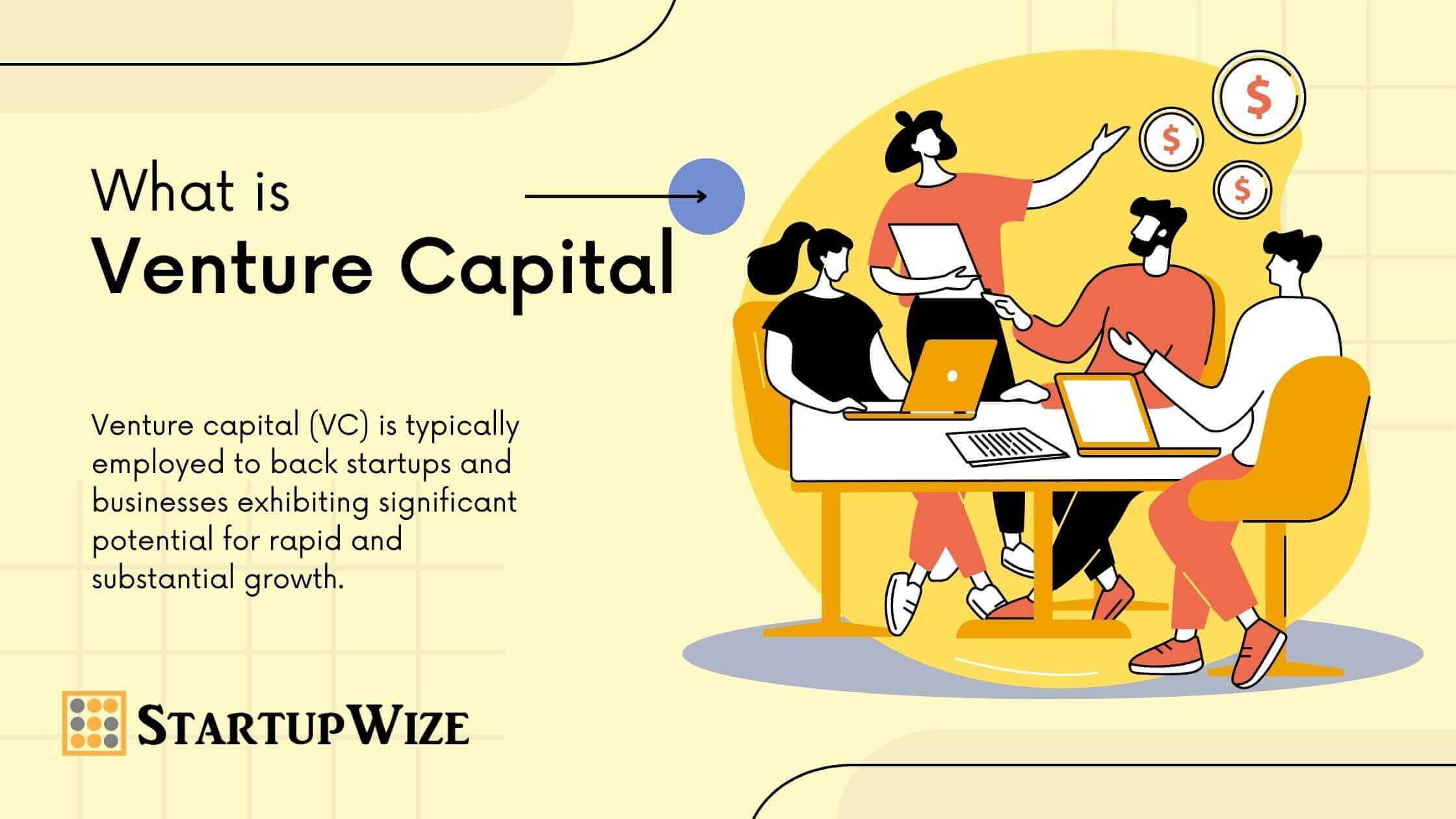4 Types of Funding for Startups: Definitive Guide
When starting a new business, one of the most important decisions entrepreneurs need to make is how to fund their venture. There are several options available, each with its pros and cons. In this post, we’ll compare four popular funding sources – crowdfunding, debt financing, angel investment, and venture capital – to help you determine the best path for your startup.
Crowd Funding

Crowdfunding has emerged in recent years as a popular way for startups to raise funds. It involves raising small amounts of money from a large number of people, typically via online platforms like Kickstarter or Indiegogo. The benefits of crowdfunding include:
- Access to funding without giving up equity: With crowdfunding, you raise donations or pre-sell products rather than exchanging equity for investment capital. This allows you to retain full ownership of your company.
- Validation of your idea: A successful crowdfunding campaign shows there is interest in your product or service, providing proof of concept. This can help attract further investment later on.
- Marketing exposure: Crowdfunding campaigns build buzz and can put your startup in front of many potential new customers.
However, there are downsides to consider:
- Limited funding amounts: The average crowdfunded project raises less than $10,000, which usually isn’t enough to fully launch and scale a business.
- Lots of work involved: Running a crowdfunding campaign takes substantial time and effort to create perks, make videos, market your campaign, etc.
- Need existing audience: To raise significant funds, you need an existing network of supporters willing to contribute. This makes crowdfunding tough for “stealth startups”.
Overall, crowdfunding works best for funding discrete projects with fixed endpoints, not providing ongoing capital to build a sustainable company. The limited funds mean it’s often most viable for early prototype development or proof-of-concept rather than full commercialization.
Debt Financing

Securing a business loan or line of credit is another way startups can access capital. The main advantage of debt financing is you don’t give up any ownership or control of your company. The downsides include:
- Need for collateral: Lenders want assurance they’ll get paid back, so entrepreneurs often need collateral like real estate or equipment to secure a loan. Few startups have substantial assets to leverage.
- High interest rates: Debt financing is expensive, with rates often 15% or higher. This cuts significantly into long-term profitability.
- Inflexible repayment: Loans require fixed monthly payments, which can be difficult to manage with the unpredictable cash flows of a new business. Miss a payment and you damage your credit.
- Focus on past vs. future: Lenders base decisions on your credit score and existing assets. This works against innovative startups with big future potential but limited current traction.
Overall, debt works best for funding expansions of established companies with recurring revenue streams. It’s less suitable for unproven startups working to find product-market fit.
Angel Investment

Angel investors are high-net-worth individuals who invest their own money into early-stage startups, usually in exchange for equity. Typical angel investment size ranges from $25,000 to $100,000. The pros of angel funding include:
- No repayment required: Angels invest equity, not debt – they share in upside but also risk losing their money if you fail.
- Funding at critical point: Angels help bridge the gap between friends/family funding and VC rounds, providing a lifeline before product-market fit.
- Mentorship and expertise: Many angels are entrepreneurs themselves, so they can provide invaluable advice in addition to capital.
- Networks and connections: Angels often have industry experience or contacts that can help connect startups to partners, future employees, or follow-on investors.
However, there are also downsides to weigh:
- Equity dilution: Angels get partial company ownership in exchange for funding. This dilutes founders’ equity stake.
- Piecemeal funding: Even combining multiple angels, raises may be insufficient to fully capitalize a business. Further fundraising is often needed.
- Angel interests can diverge: Some angels want quicker returns than founders prefer, creating tension around exit timing or strategy.
- Lack of structure or oversight: Unlike VC firms, angels make individual decisions and rarely offer hands-on support.
Angel funding works well for startups that need more capital and expertise than friends/family can provide, but aren’t yet ripe for VC investment. It bridges the gap for pre-revenue companies that show strong traction and potential.
Venture Capital

Venture capital firms raise pools of money from institutions and wealthy individuals to invest in high-growth startups, usually in exchange for equity. VC pros include:
- Large, patient capital: Top firms like Sequoia or Benchmark invest $10-$100+ million per startup to substantially fuel growth. They take a long view, willing to stick with winners over 10+ years.
- Active involvement: Beyond capital, good VCs provide guidance on strategy, recruit executive talent, facilitate business development deals, and lend other operating support.
- Industry expertise: The best VC firms specialize in particular sectors, tapping their experience to help startups navigate challenges.
- Prestige and connections: Being backed by a top VC certifies startups, helps recruiting, and opens doors through vast networks.
But VC funding has drawbacks too:
- High dilution: VCs take large equity stakes, often 30% or higher. Founders can end up with negligible ownership of their own company.
- Pressure to grow quickly: VCs push for rapid, outsized growth, even at the expense of sustainability. This leads some startups to “burn out”.
- Loss of control: VC board seats and voting power mean founders cede some control over strategy and operations.
- Need traction: VCs rarely invest pre-product. You’ll need an MVP with promising user metrics to pique investor interest.
VC funding works for startups with the potential to reach a $1 billion+ valuation within 5-7 years. These high-risk, high-growth companies must demonstrate user demand and a scalable business model first.
Want to scale your business to the next level?
Schedule a free consultation call with our team today
Conclusion
There is no one-size-fits-all best funding source for startups. The optimal path depends on your business model, stage of development, and founder objectives. Many entrepreneurs combine several sources over time. The key is understanding the tradeoffs to find capital that aligns with your startup’s needs and vision. With the right funding mix, your chances of startup success increase exponentially.

